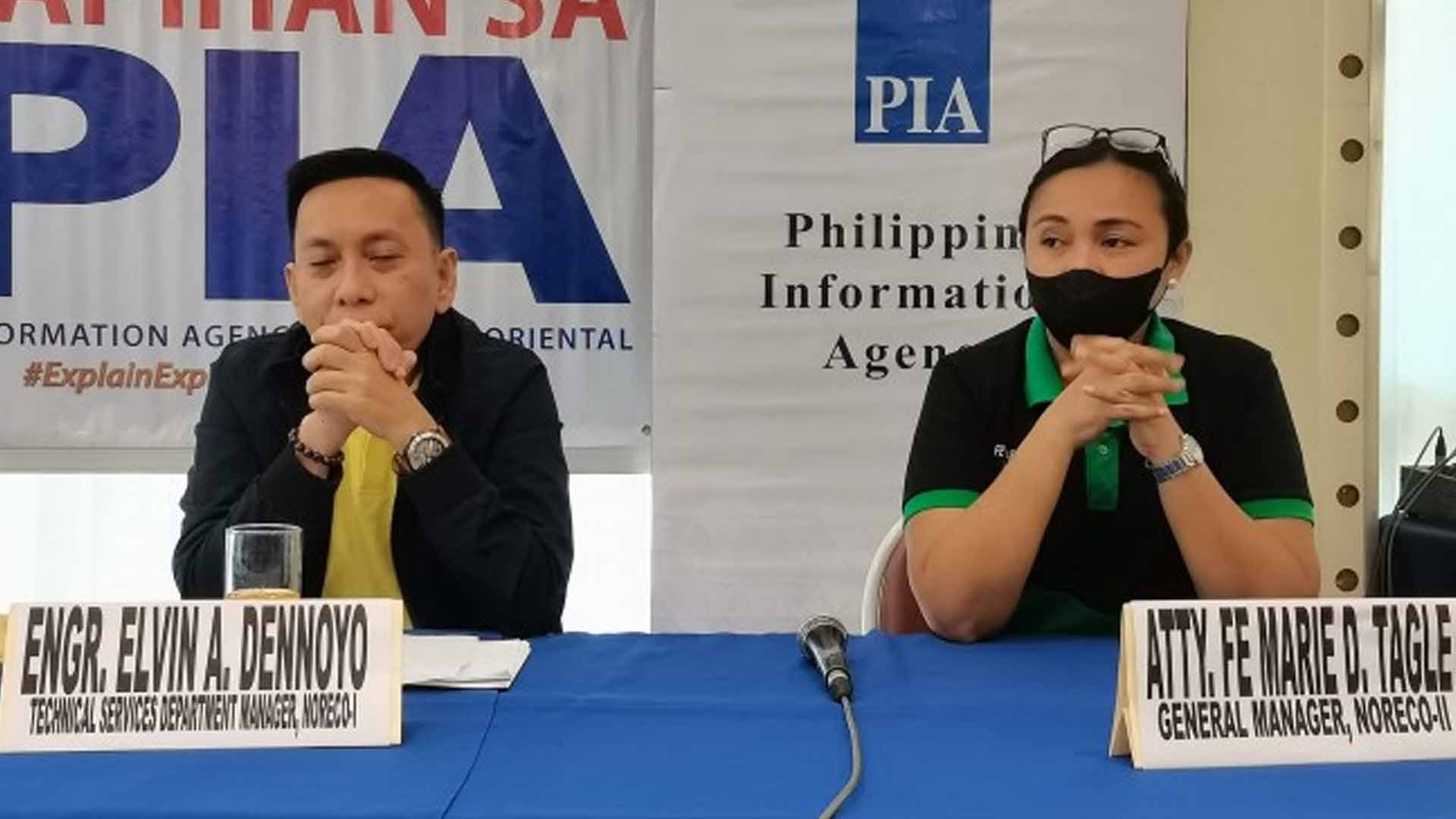In line with the total electrification project of President Ferdinand R. Marcos Jr., the Negros Oriental Electric Cooperative II (NORECO II) will be embarking on microgrid projects in hard-to-reach and inaccessible areas starting this year.
At a Kapihan sa PIA forum on Wednesday, Lawyer Fe Marie Dicen, NORECO II general manager, said they have already identified some of these non-viable areas, including the renowned dive destination, Apo Island, in Dauin town.
“We have already inspected Apo Island and connecting it to our grid is impossible as submarine cables are so expensive. We will soon be putting up a microgrid system there that would hopefully power the whole island,” Dicen said.
The microgrid would utilize renewable energy, most likely solar which is so far the most viable in Apo Island although NORECO II has already talked to a wind energy company but the latter would require a technical study, she added.
Dicen said the microgrid would no longer pass through the National Grid Corporation of the Philippines (NGCP), the country’s main power transmission firm.
As to power rates, she said there is a mechanism to determine these under the microgrid law.
An agreement with the local government of Apo Island is now in the making, Dicen said.
The NORECO II general manager also said they target to reach a 100 percent total electrification by 2025, “so that we have enough time to complete everything before the President’s 2028 target”.
NORECO II covers part of the 2nd district and the whole of the 3rd district of Negros Oriental.
Meanwhile, 18 more sitios or sub-villages in conflict areas in the NORECO II area of coverage will be energized this year, Dicen said.
These are in Barangays Mantikil and Apoloy in Siaton town, which have been identified as priority areas under the Task Force to End Local Communist Armed Conflict (TF-ELCAC).
Earlier this year, 14 other sitios in Sta. Catalina and Siaton were also energized, Dicen added.
Engineer Elvin Dennoyo, NORECO I officer-in-charge, in the same forum, said they are also doing the same in TF-ELCAC barangays, although he was unable to provide specific data. (PNA)









